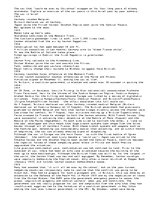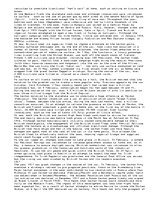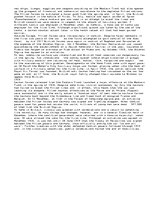-
Summary of World War One
On 28 June, in Sarajevo, Gavrilo Princip (a Slav nationalist) assassinated Archduke Franz Ferdinand, heir to the throne of the Austro-Hungarian Empire. Austria-Hungary blamed Serbia for the killing and because Europe was linked by a series of diplomatic alliances - Austria-Hungary/Germany/Italy (Central Powers) and Britain/France/Russia (Triple Entente/Allied forces) - the affair escalated into full-scale war.
On 4 August, Britain declared war after Germany invaded neutral Belgium (Britain declared war on Austria-Hungary on 12 August). The British government had previously promised to defend Belgium and felt that German troops directly across the Channel were too close for comfort. On 7 August, four divisions making up a British Expeditionary Force crossed to France to attempt to halt the German advance. With French forces, they were successful in achieving their objective at the Battle of Mons (August) and the Battle of the Marne (September). As each side tried to outflank the other, a 'race to the sea' developed and this meant that huge trench systems took shape from the Swiss border through all of northern France. With these trench systems and weapons such as the machine gun, defending was considerably easier than attacking, and so within months of beginning, the war was already showing signs of stagnating.
Although the war in Europe was the main focus - as with the first battle of Ypres (October) - the conflict soon truly became a 'world war': Japan was allied to the Entente forces and the Ottoman Empire soon joined the Central Powers. Conflict between the imperial forces of these competing power-blocs in Africa and South America aggravated the situation.
…



